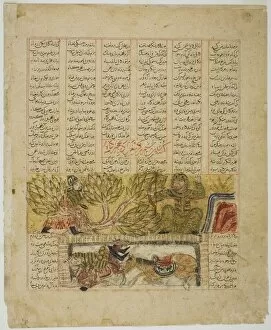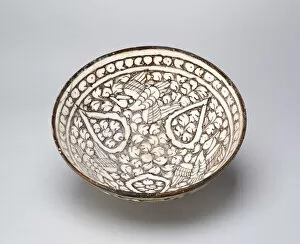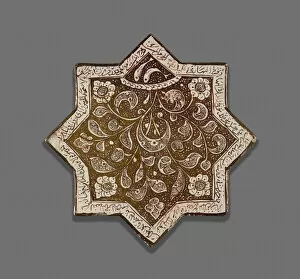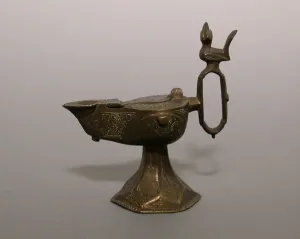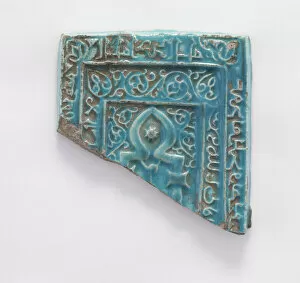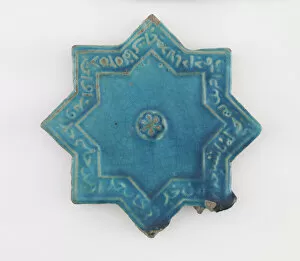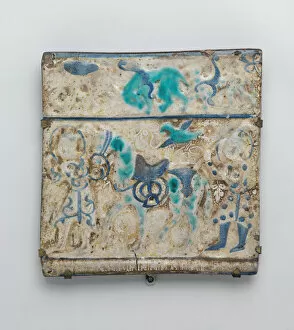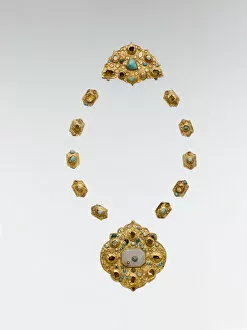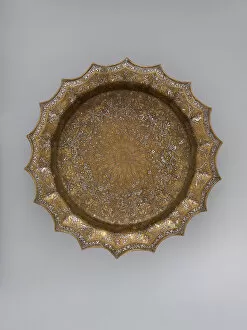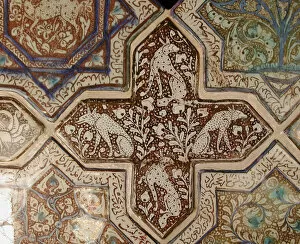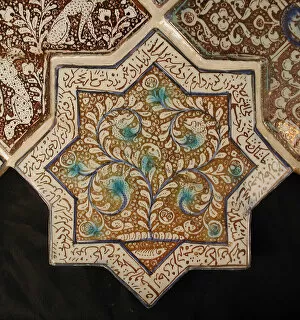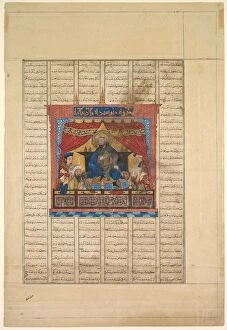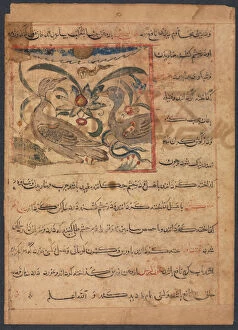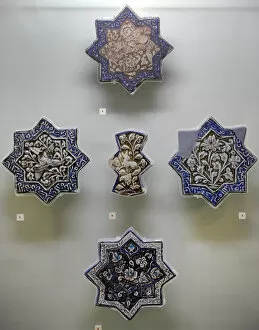Ilkhanid Collection
The Ilkhanid dynasty, which ruled Persia from 1256 to 1353, left behind a rich cultural legacy
For sale as Licensed Images
Choose your image, Select your licence and Download the media
The Ilkhanid dynasty, which ruled Persia from 1256 to 1353, left behind a rich cultural legacy. One of the most iconic landmarks from this period is Soltaniyeh in Zanjan province, a magnificent mausoleum and UNESCO World Heritage Site. The intricate star tile with a lotus flower design showcases the exquisite craftsmanship of the era. Another remarkable artwork is the depiction of Rustam slaying a jackal, taken from the Shahnama of Firdausi, an epic Persian poem. This illustration reflects both the artistic prowess and storytelling traditions of the Ilkhanids. In addition to these masterpieces, various artifacts provide insights into daily life during this time. A bowl dating back to late 13th or early 14th century exemplifies their ceramic expertise while a tile featuring a double-arched prayer niche (mihrab) highlights their religious devotion. The star-shaped tile adorned with a phoenix symbolizes rebirth and renewal - themes often found in Ilkhanid art. Not limited to architectural wonders and decorative arts alone, models like the House Model offer glimpses into domestic settings during that period. Furthermore, cross-shaped tiles demonstrate influences from different cultures present in Persia at that time. The Ilkhanid dynasty's contributions to Persian culture are undeniable as they blended elements from various regions within their vast empire. These artifacts serve as tangible reminders of their reign and continue to captivate audiences today with their beauty and historical significance.


